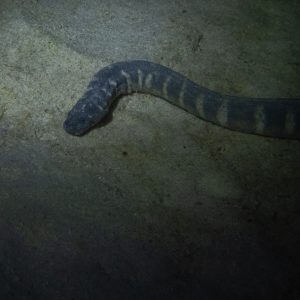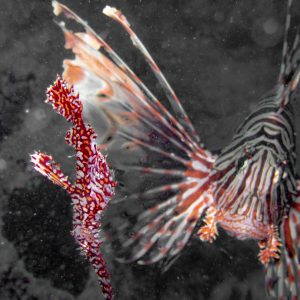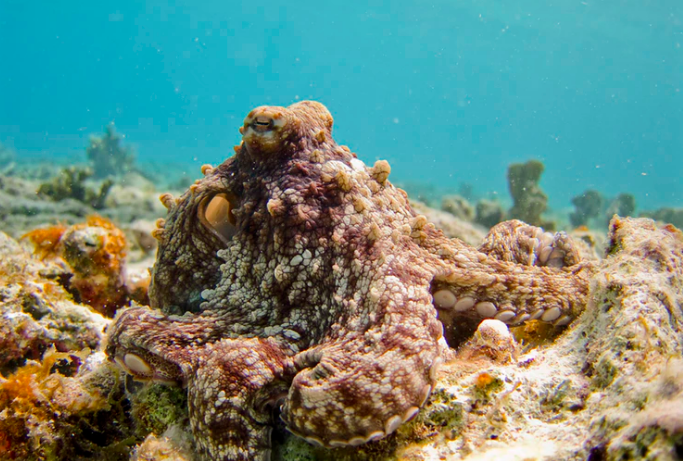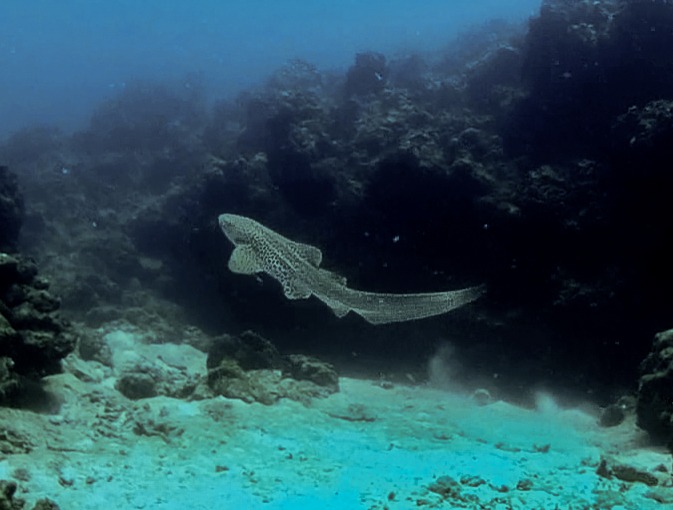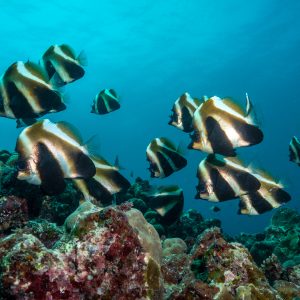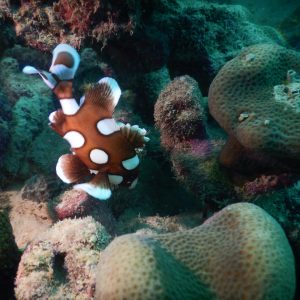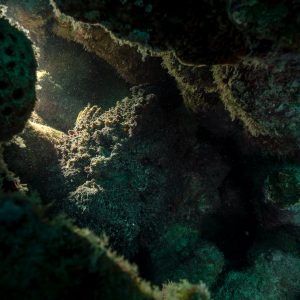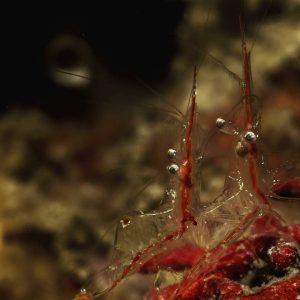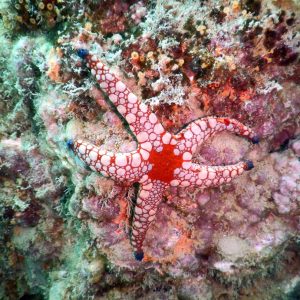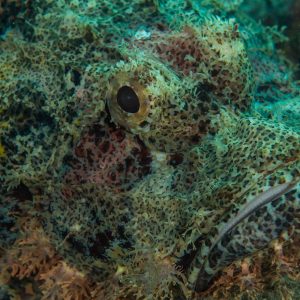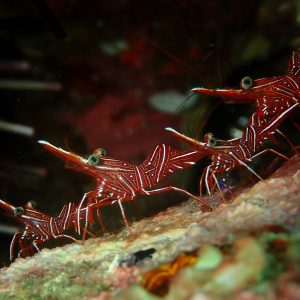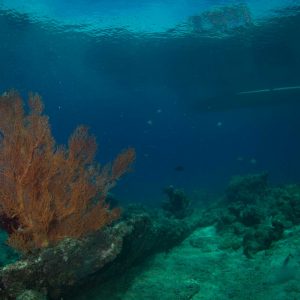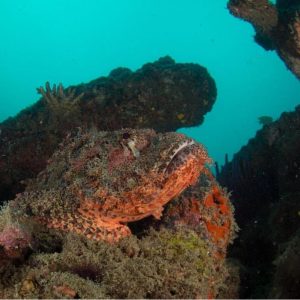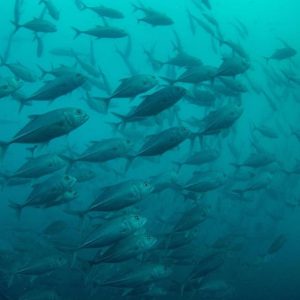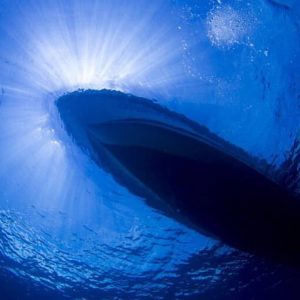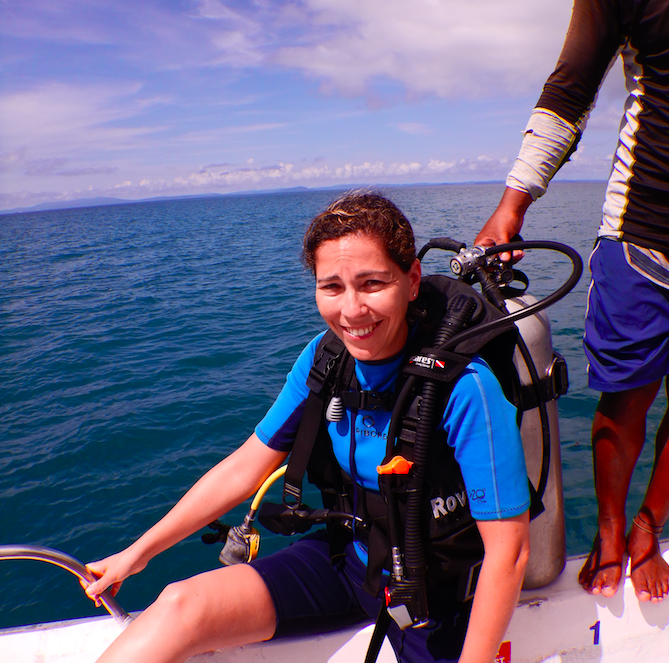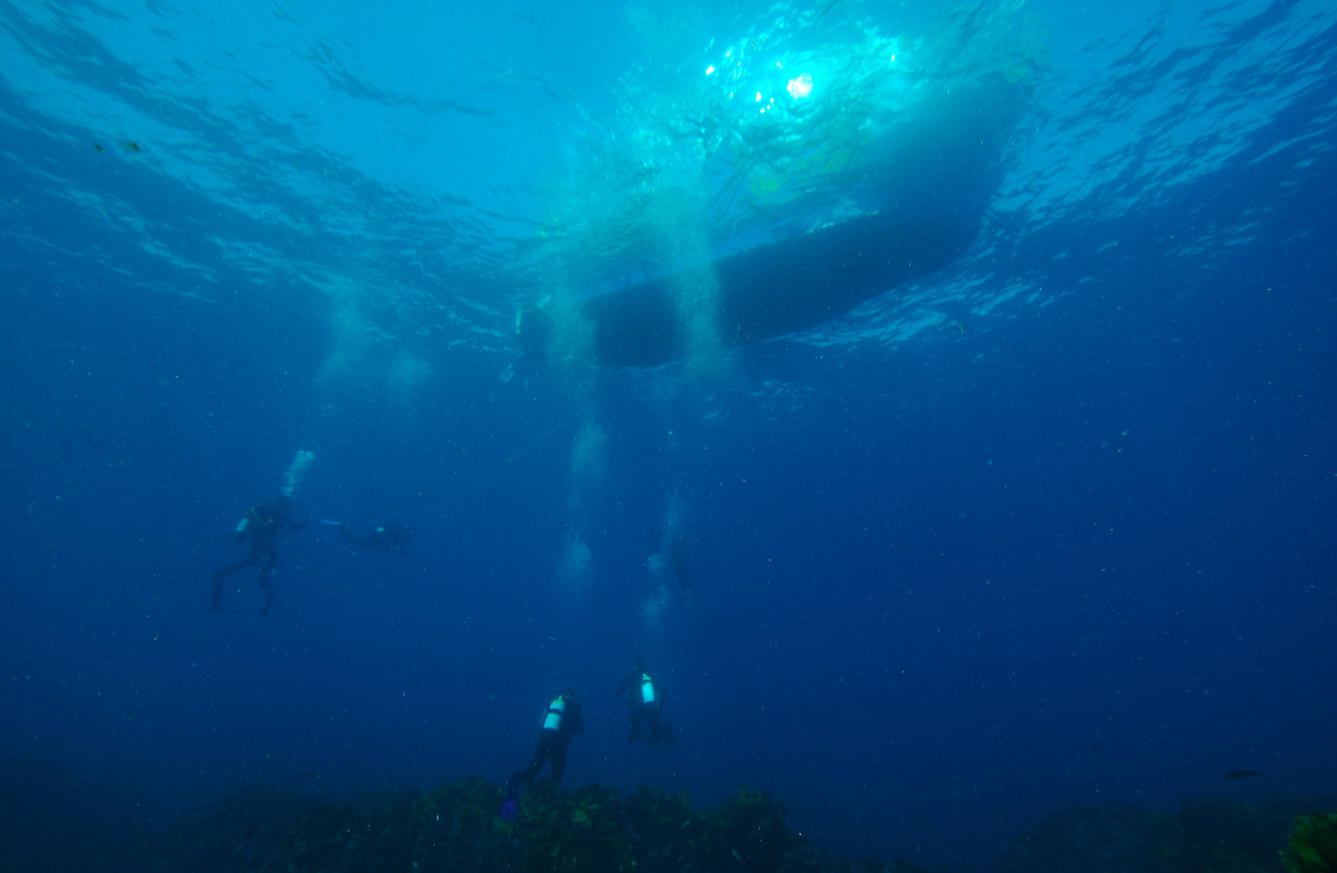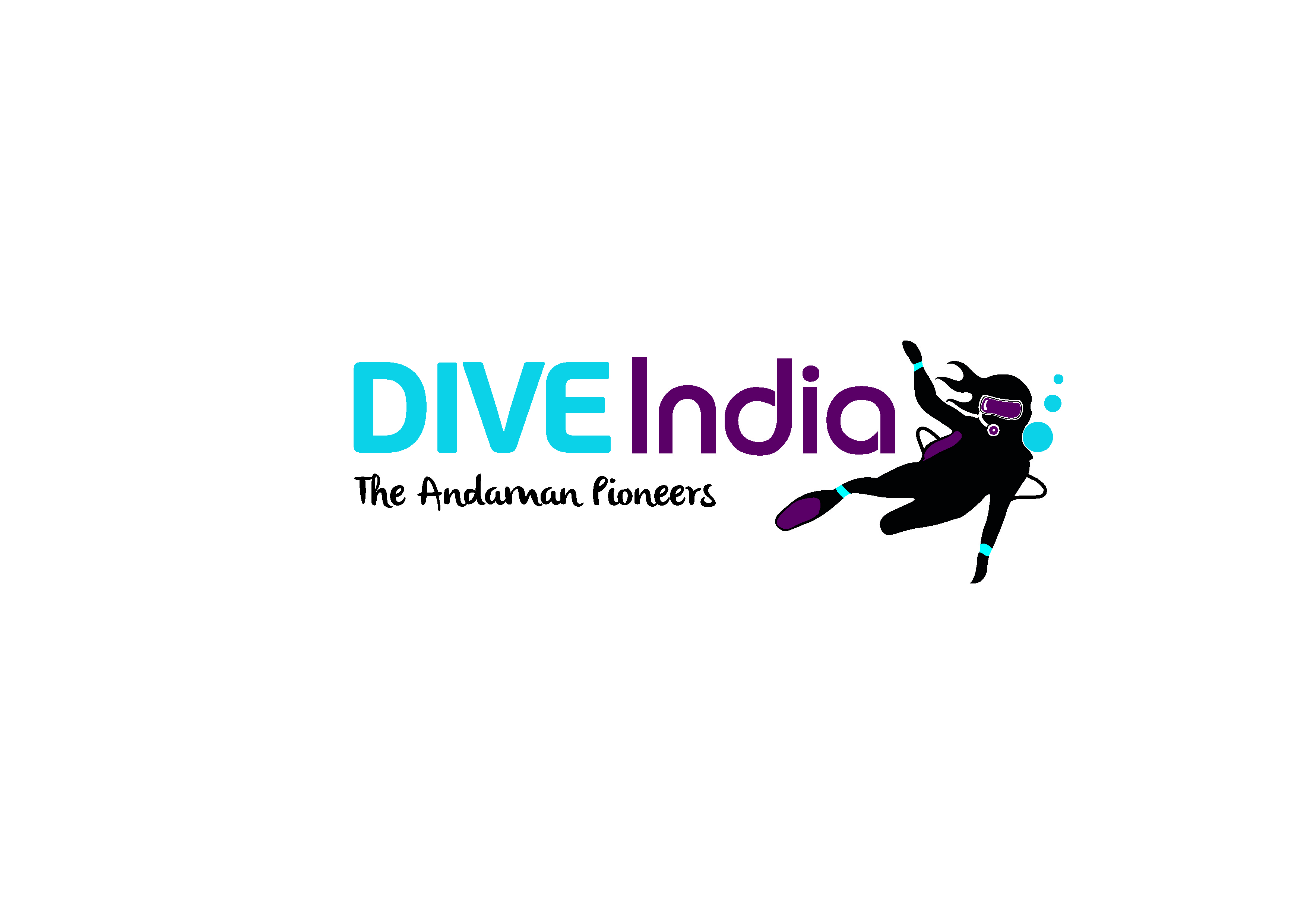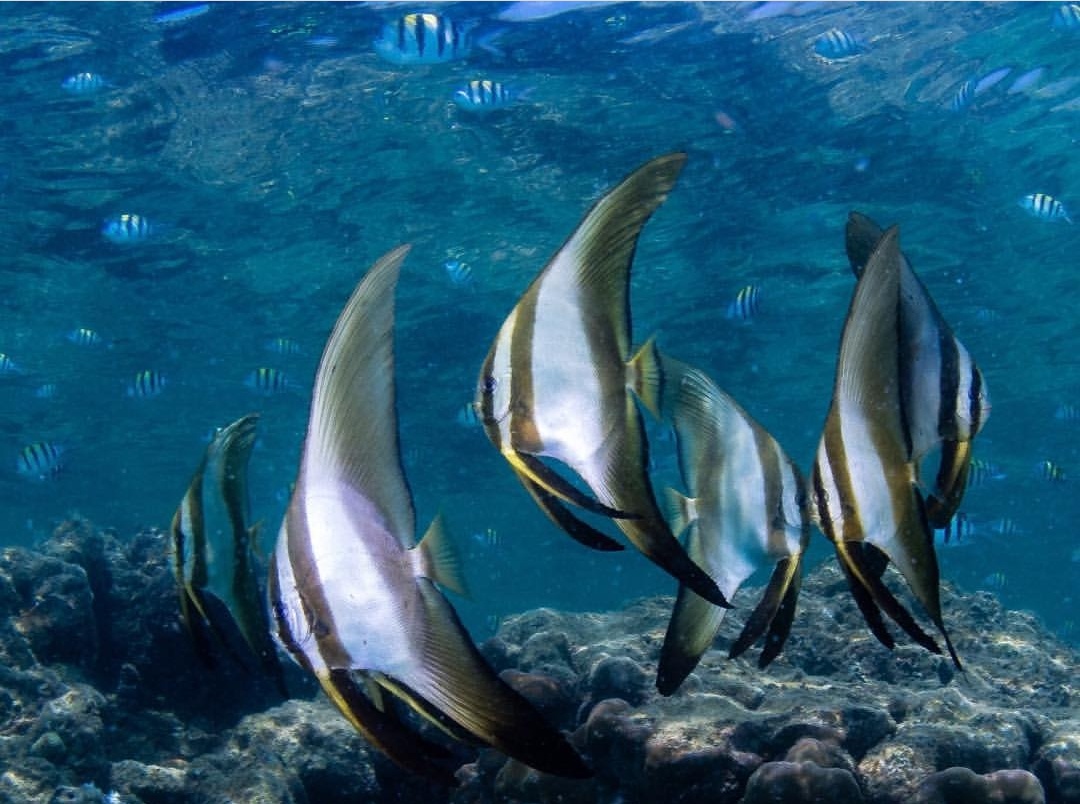
DIVE Site: Nemo’s Reef
DIVE PROFILE
MAX DEPTH: 15-20 meters
AVERAGE DEPTH: 5-8 meters
BOTTOM TIME: 45 – 60 minutes
About the Dive Site: Nemo’s Reef
Nemo’s reef. Where do we begin to describe this extremely familiar yet totally mysterious place! A shore entry site, it opens into a swimming pool-like setting with shallow water, white sand and a baby reef (1-3 meters). It then splits into two long fringing reefs on either side of the shallow sandy pool. The Andaman and Nicobar Islands harbours over 2000 sq.km of coral reefs and a majority of this area fringes along islands. Thick forests, mangroves and rocky shores make access difficult in most places and this is where Nemo’s reef is popular. Easy entry and exits, not requiring long surface swims. It is also fairly sheltered from winds through most of the year.
On an average day at Nemo’s, we typically get to see mixed schools of reef fish, everything from surgeonfish, rabbitfish, parrotfish, butterflyfish, bannerfish and snappers, sweetlips queenfish and chubs, to hunting trevallies, needlefish and barracudas. Five species of anemonefish can be seen here, easily, giving this reef its name. Cephalopods like the octopus, squid and cuttlefish are residents at nemo’s with regularly used dens and rubble patches. The banded sea kraits and the more estuarine file snake come through regularly, along with the beautiful Kuhl’s sting ray. Molluscs, crinoids, crustaceans, sponges polychaetes and several other invertebrate groups thrive here as well.
High tide is a great time to dive because the water is usually clear and we get to see the sloping topography of the reef, however, the marine life tends to concentrate into dramatic densities when the tide recedes, the water level comes down and visibility drops.
The topography of the dive site makes it ideal for us to begin dive courses and take people on their first ever SCUBA diving experience, but by no means is Nemo’s reef just a training space. The shallow profile of this reef allows us to stay until we hit the reserve on our tanks without having to worry about no-decompression limits. So this gives us on average an estimated 60-80 minute underwater for fun divers who are keen on exploring the rocks and sands for crazy macro life- day and night!
While we love all of our dive sites dearly, it is here that most of us come back nodding in awe-inspired disbelief, thinking “did we really just see that animal in the Andamans? And in Nemo’s reef?” Starting with flying gurnads, ornate ghost pipefish, robust ghost pipefish, devil scorpionfish, angler flounders, honeycomb moray eels, seahorses, bizarre nudibranchs, sea moths, skeleton shrimps and as of a week ago- painted frogfish! While a bunch of these are potentially only briefly passing through, we are certain that most are resident and have missed our eye from having not looked carefully enough or for long enough! Shore dives at Nemo’s reef are very easy to organise and we are never limited by space. So if you are keen on shore diving, our divemasters would be thrilled to take you. It gives us a chance to continue exploring this crazy reef!
Pictures clicked at Dive Site: Nemo’s Reef, Andamans
by Dev

